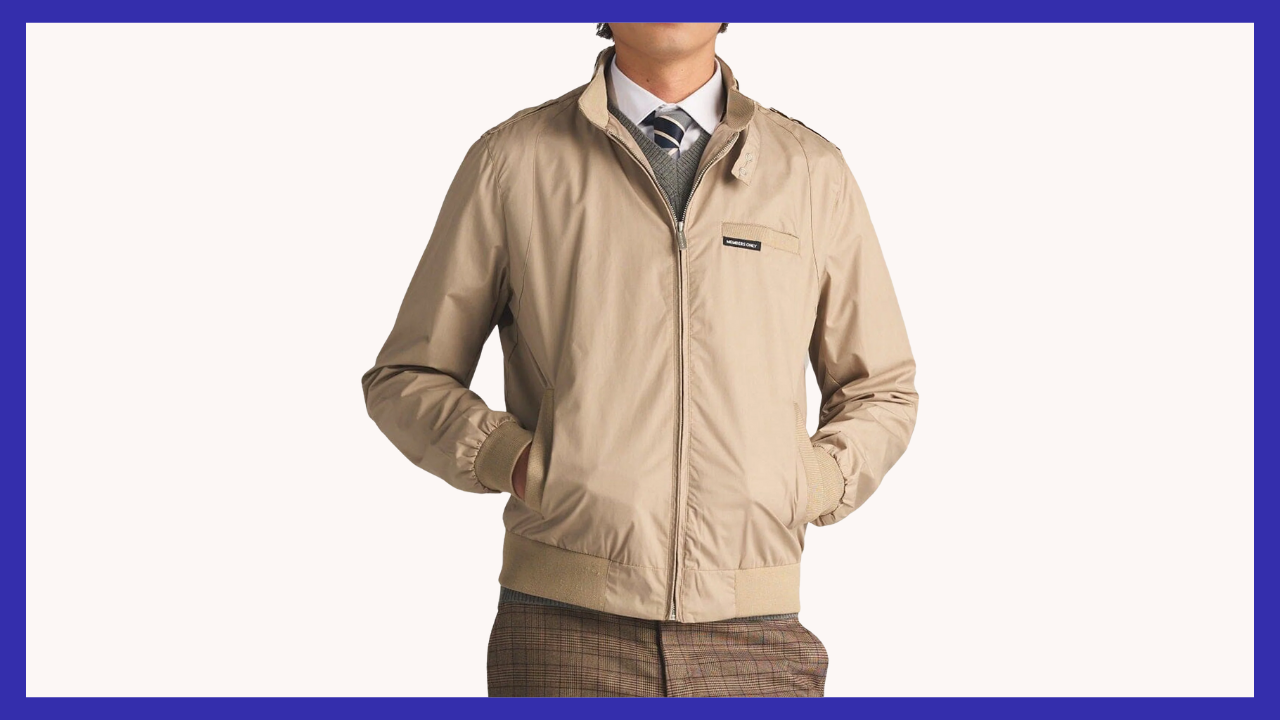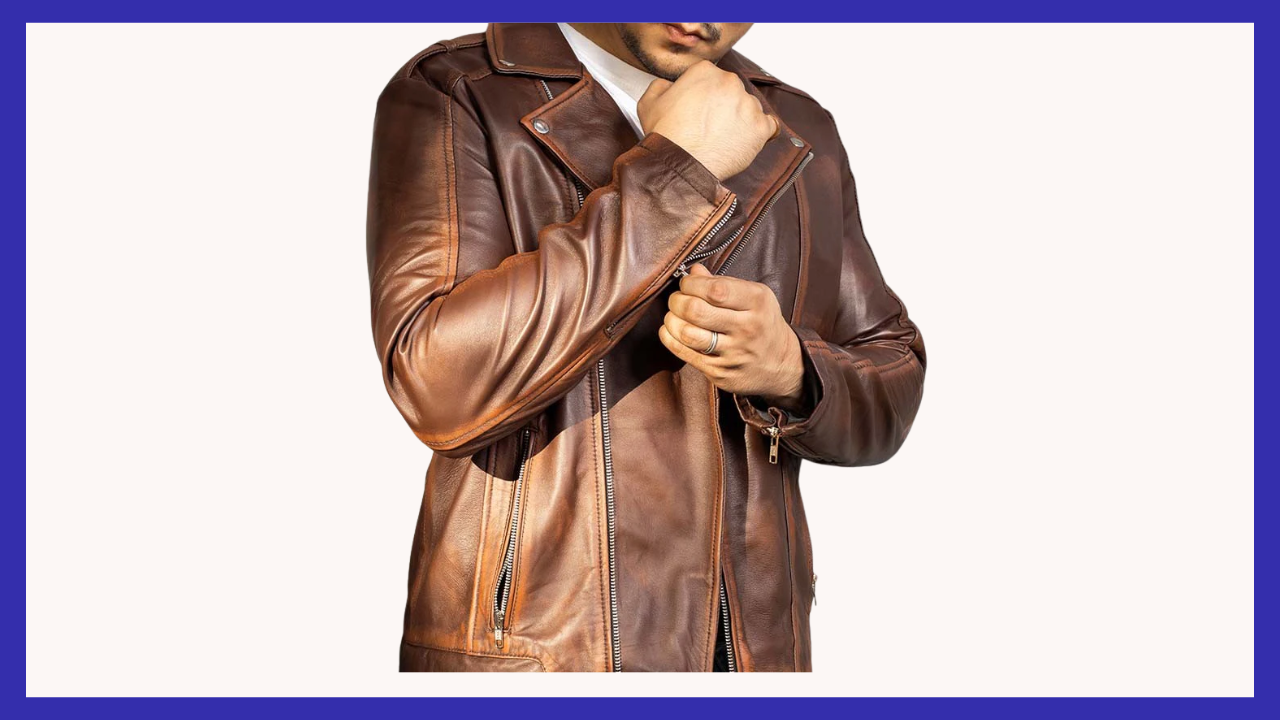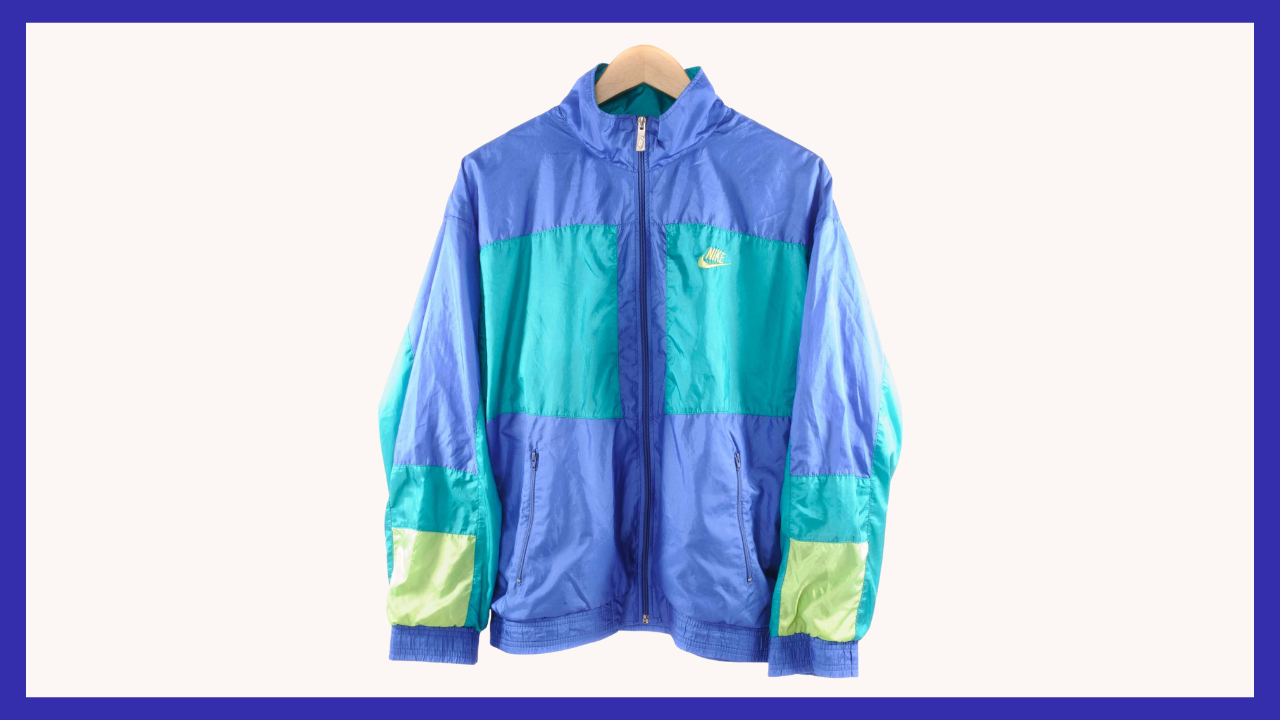AllVintageStyles
The Ultimate Vintage Fashion Encyclopedia
Redingote

Long fitted coat with double-breasted closure, adapted from English riding coats for elegant women's formal wear during Empire and Victorian periods.
Quick Facts
- Era: 1800s (peak popularity 1800s-1840s)
- Origin: France/Europe (English riding coat adaptation for women's fashion)
- Garment Type: Long fitted formal coat with Empire waist influence
- Key Identifiers: Floor-length cut, fitted bodice, double-breasted closure, high waistline
- Typical Resale Price: $400-$3000 (authentic vintage pieces)
- Best For: Historical costume collectors, Empire period enthusiasts, museum-quality fashion collectors
History & Evolution
Redingotes originated from English "riding coats" in the late 18th century when French fashion adapted masculine riding wear for women's formal outerwear. The style embodied Neoclassical ideals of the Empire period, featuring high waistlines and columnar silhouettes that reflected ancient Greek and Roman aesthetic influences. Early versions served both practical and fashionable purposes, providing elegant outdoor wear for ladies of society.
The Empire and Regency periods (1800s-1820s) established redingotes as essential formal wear for fashionable women attending social functions, promenades, and outdoor entertainments. The style represented sophistication and Continental fashion consciousness, appealing to women seeking elegant alternatives to traditional cloaks and wraps. French and English dressmakers created elaborate versions with decorative braiding, military-inspired details, and luxurious fabric choices.
By the 1840s, changing fashion preferences toward fuller skirts and different silhouettes reduced redingote popularity in mainstream fashion. The style survived primarily in court dress and ceremonial contexts throughout the later 19th century. Contemporary fashion occasionally references redingote elements, but authentic Empire period examples represent extraordinary historical artifacts with superior construction quality and authentic proportional relationships.
Authentication Tips
Authentic 1800s-1840s Features:
- Hand-sewn construction with period-appropriate tailoring techniques and silk thread
- Empire waistline placement with proper proportional relationships
- Silk, wool, or fine cotton fabrics with natural fiber characteristics
- Covered fabric buttons or bone buttons typical of early 19th century construction
- Interior construction with stays, boning, or structured elements appropriate to period
Common Reproductions/Modern Pieces:
- Machine-sewn construction with modern techniques and synthetic threads
- Incorrect waistline placement lacking authentic Empire period proportions
- Synthetic fabrics or modern fabric blends with artificial appearance
- Modern plastic or metal buttons inappropriate for early 19th century styling
- Simplified construction without period-appropriate internal structure or support
Styling & Use Cases
- Best for historical collectors: Display with Empire period accessories for museum-quality historical fashion presentation
- Ideal for costume enthusiasts: Combine with period-appropriate undergarments and accessories for accurate Regency or Empire reenactment
- Perfect for theatrical use: Employ for period productions requiring authentic early 19th century women's formal wear
Modern styling tips:
- Treat as museum-quality historical piece requiring careful preservation and handling
- Focus on authentic period accessories to maintain historical accuracy and avoid anachronistic elements
- Consider professional conservation for valuable pieces due to age and delicate construction
FAQ
Q: How can I tell if a redingote is authentic early 19th century construction?
A: Check for hand-sewn construction with silk thread, Empire waistline with proper proportions, natural fiber fabrics, covered fabric or bone buttons, and internal stays or structured elements typical of authentic period dressmaking.
Q: What's the typical price range for vintage redingotes?
A: Authentic early 19th century redingotes range from $400-3000 depending on condition, provenance, and construction quality. Museum-quality pieces or those with documented history command premium prices among historical fashion collectors.
Q: How should I care for a vintage redingote?
A: Professional textile conservation is essential due to age and historical value. Store in climate-controlled conditions with acid-free materials and avoid handling to prevent deterioration of fragile period fabrics and construction.
Q: What makes vintage redingotes valuable to collectors?
A: Extreme rarity of authentic Empire period examples, superior hand-sewn construction representing early 19th century dressmaking skills, cultural significance in women's fashion history, and documentation of Neoclassical aesthetic influence on clothing design.
📷: coatsinc.com



